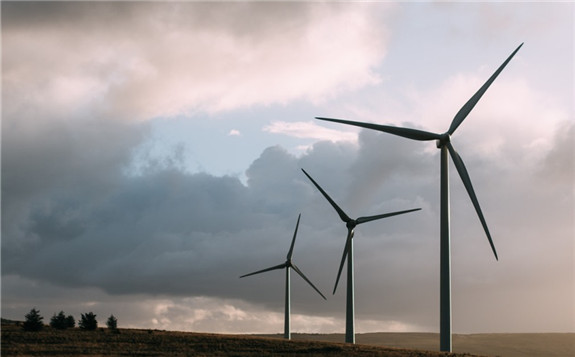 Credit: Pexels/Pixabay
Credit: Pexels/Pixabay
Sweden is on target to meet one of its renewable energy targets years ahead of schedule, and it’s thanks in part to wind turbines.
In 2012, Norway and Sweden reached a joint agreement to increase their production of electricity from renewable energy sources by 28.4 terawatt hours (TWh) by 2020.
Sweden then increased its target, with the aim of adding another 18 TWh by 2030.
Taking into account the number of wind turbines already built, plus planned wind turbine investments for the remainder of the year, Sweden is on track to hit its 2030 target - possibly by the end of the year.
With the exception of hydropower, GlobalData predicts the renewable energy capacity in Sweden will more than double from 14.8 gigawatts (GW) in 2019 to 30.4GW by 2030.
The market intelligence firm’s latest report shows solar and wind power in the country will grow by an annual compound growth rate (CAGR) of 16% and 8.3% over the 11-year period.
It claims Sweden’s offshore wind sector, specifically, will grow at 15% CAGR over the outlook period, rising from 191MW today to 873MW in 2030, primarily due to its long coastline and ample potential therein.
GlobalData’s power analyst Arkapal Sil said: “Government schemes and incentives such as subsidies for photovoltaic installations, the cancellation of solar tax for commercial photovoltaic installations and the removal of building permits for solar systems are specifically aimed to boost the solar sector, which is slated to witness the maximum growth among renewables.
“In addition, the wind power segment has been identified by the government as a potential area of capacity expansion to achieve 100% renewable energy target by 2040.”
Challenges facing the growth of renewable energy capacity in Sweden
Sweden is currently contending with an over-reliance on hydropower and a network of dated transmission infrastructure, according to GlobalData.
Last year, hydropower accounted for almost 40% of the country’s power mix, rendering it vulnerable in the event of water shortages, while its ageing transmission technology does not yet bear the sophistication to accomodate the strides it is due to make in wind and solar capacity.
“Sweden is moving towards a balanced energy mix as it prepares to more than double its non-hydro renewable power capacity from 13.3GW in 2018 to 30.4GW in 2030,” added Mr Sil.
“Hydro and nuclear power capacities are set to remain steady over the projected period and expected to tackle the base-load capacity.
“Following the closure of coal-based power plants in 2022, oil-based generation is expected to comprise the bulk of the thermal power fleet.”







